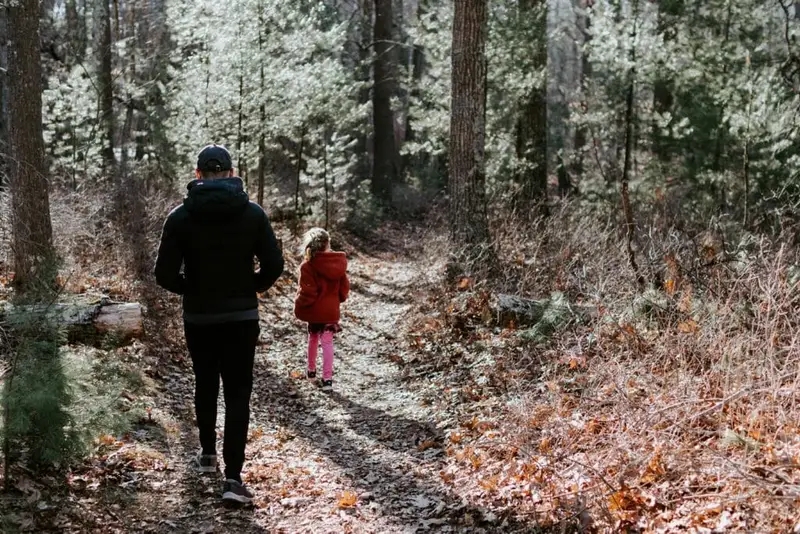1. Psycho (1960)
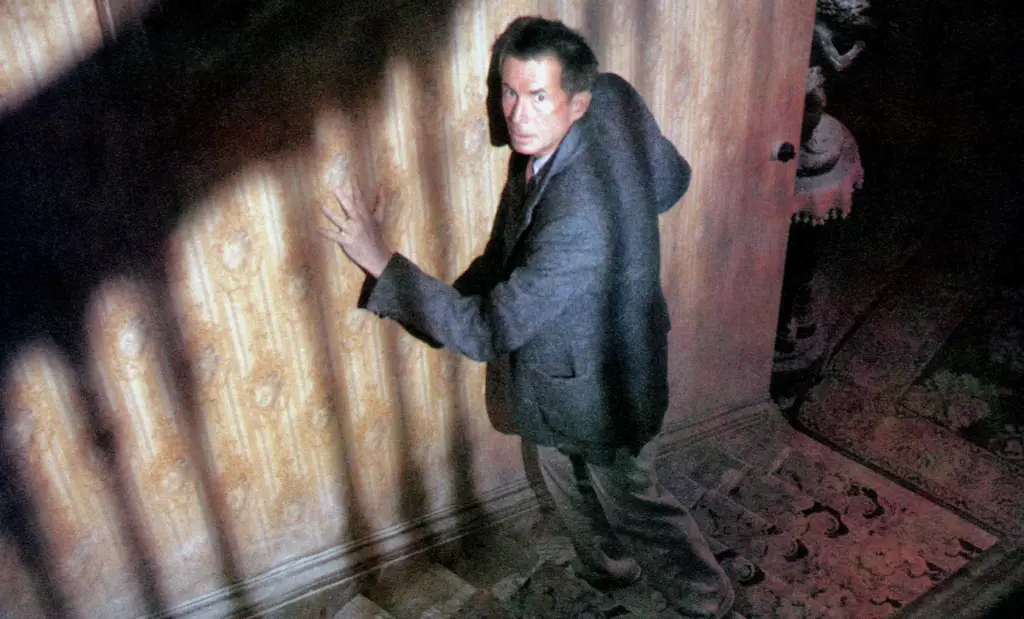
When Alfred Hitchcock released Psycho, audiences weren’t prepared for what they saw. Killing off the main character so early in the film was shocking enough, but the infamous shower scene was unlike anything moviegoers had witnessed before. The violence was quick, brutal, and paired with Bernard Herrmann’s screeching score, it seared itself into cultural memory. People reportedly screamed, fainted, and even ran out of theaters. Hitchcock’s marketing campaign, insisting no one be allowed in once the movie started, only heightened the suspense.
The blend of horror, psychology, and taboo subjects like voyeurism was a bold step for its time. The impact was so strong that it forever changed horror cinema. Filmmakers from Brian De Palma to John Carpenter have cited it as a direct influence. The movie also challenged censors by pushing boundaries of what could be shown on screen. Hitchcock proved that audiences were ready for darker stories that tapped into real fears. It’s often considered the birth of the modern horror film, with a legacy still alive today.
2. The Manchurian Candidate (1962)
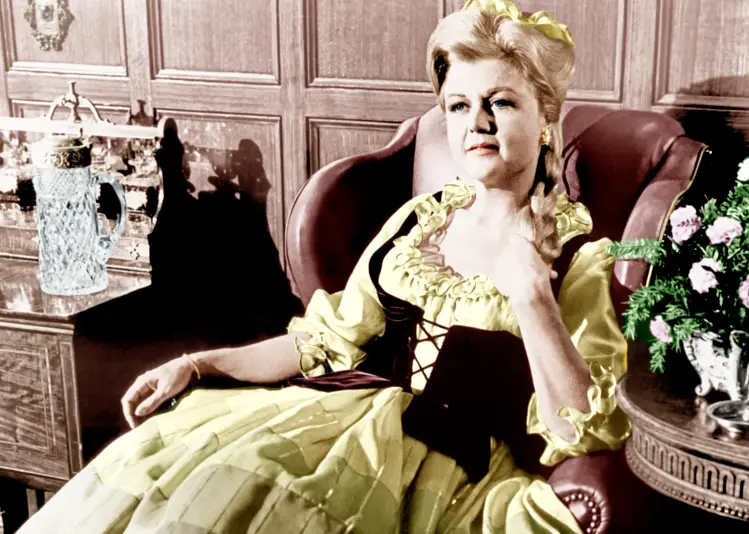
This Cold War thriller was unsettling for audiences because it dealt with brainwashing, assassination plots, and political paranoia—topics that felt all too real in the early ’60s. Frank Sinatra starred in a story about soldiers who are captured, manipulated, and turned into unwitting killers upon their return home. What made it particularly disturbing was its eerily plausible depiction of mind control and government conspiracies. The idea of an American soldier being programmed to kill a political figure struck close to home.
After President Kennedy’s assassination, the film was pulled from circulation for years, which only added to its mystique. Its bold political commentary helped pave the way for conspiracy thrillers like Three Days of the Condor. Even decades later, it remains one of the sharpest examples of paranoia on screen. The film blended suspense, politics, and psychological terror in a way audiences hadn’t seen before. It left viewers both fascinated and unnerved. That combination gave it a long-lasting reputation.
3. Dr. Strangelove or: How I Learned to Stop Worrying and Love the Bomb (1964)
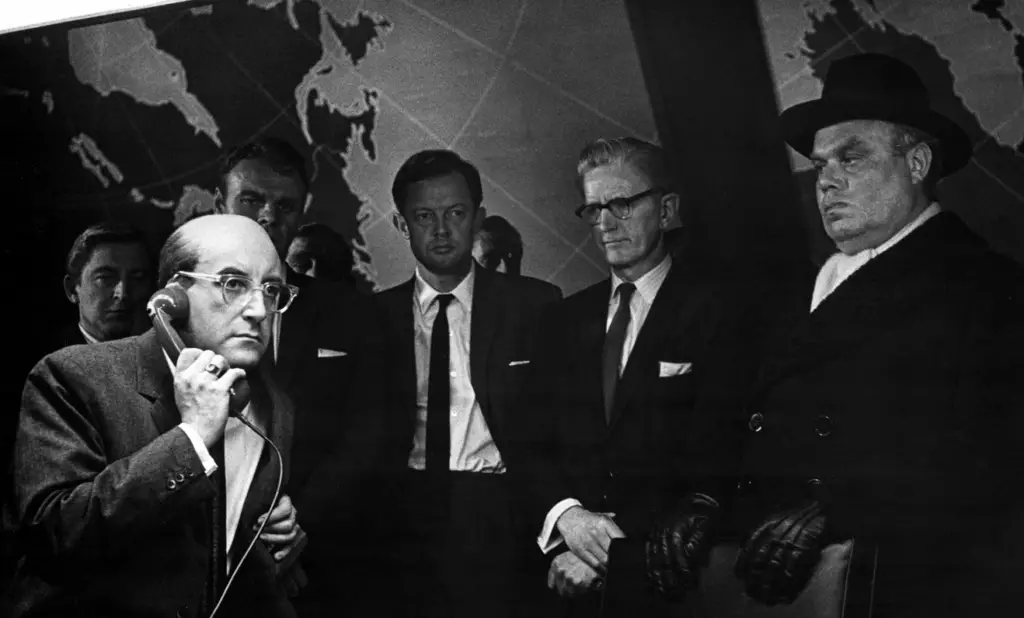
Stanley Kubrick turned the most terrifying possibility of the era—nuclear annihilation—into a pitch-black comedy, and audiences didn’t know whether to laugh or cry. The idea of bungling military leaders and politicians accidentally starting World War III was uncomfortably believable. Peter Sellers’ multiple roles, including the bizarre wheelchair-bound Strangelove, added an absurd yet unsettling tone. Many viewers were caught off guard by the humor being used to frame such a deadly serious topic.
Government officials even bristled at the way the film highlighted flaws in nuclear defense systems. The blend of satire and realism left a lasting impression on audiences and filmmakers alike. Kubrick’s approach inspired generations of directors to use comedy as a lens for critique. The film demonstrated that humor could be weaponized against fear. It also reshaped how satire was perceived in Hollywood. For many, it remains one of the most daring political comedies ever made.
4. Bonnie and Clyde (1967)
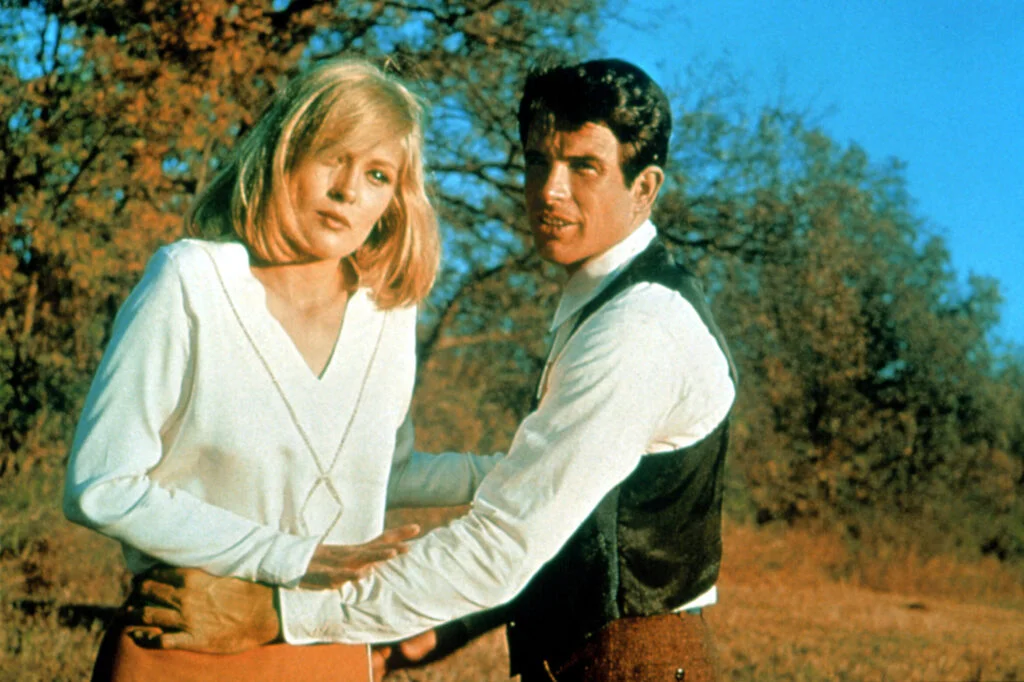
When Bonnie and Clyde hit theaters, audiences were stunned by its mix of romance, violence, and style. Faye Dunaway and Warren Beatty portrayed the outlaw couple as glamorous antiheroes, which clashed with the traditional moral lessons usually found in crime films. The violence, especially in the shocking slow-motion finale, was graphic for its time and unlike anything in mainstream cinema. Critics were initially divided, with some calling it too brutal.
But younger audiences embraced it as a rebellious, groundbreaking statement. The film’s style, with its French New Wave influences, helped kickstart the “New Hollywood” era. Its legacy can be seen in later works like Natural Born Killers and Pulp Fiction. Filmmakers took note that audiences were ready for morally complex characters. It proved that crime films could be both artistic and daring. In many ways, it opened the door for edgier, risk-taking cinema in America.
5. The Graduate (1967)
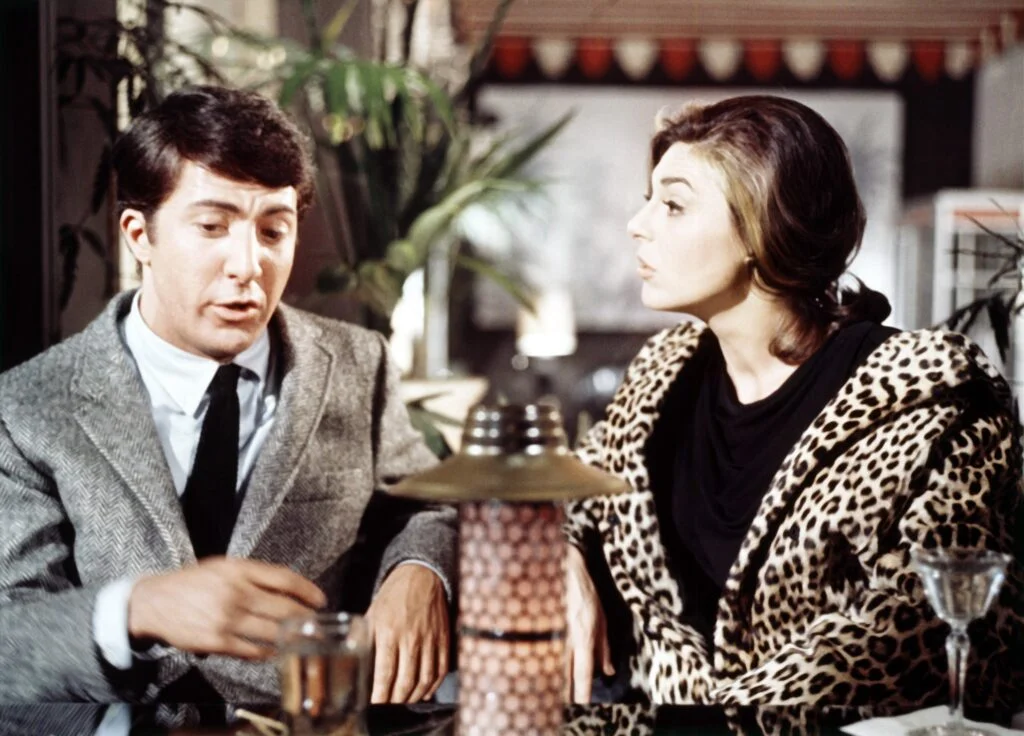
On the surface, The Graduate looks like a quirky comedy, but for 1967 it was daring in its themes. A young man having an affair with an older, married woman was something most people weren’t used to seeing on screen. Dustin Hoffman’s awkward Benjamin and Anne Bancroft’s sultry Mrs. Robinson created a pairing that both scandalized and fascinated audiences. The movie also tapped into the generational discontent of the late ’60s.
Its ending, with Benjamin and Elaine running off together only to sit in silence as reality sets in, was unsettlingly ambiguous. Unlike traditional romances, it left viewers questioning whether this was a happy ending at all. The film’s style, soundtrack, and frankness influenced coming-of-age and romantic dramas for decades. Its use of Simon & Garfunkel’s music also changed how pop songs were integrated into films. The Graduate felt both of its moment and timeless, cementing its cultural impact.
6. Rosemary’s Baby (1968)
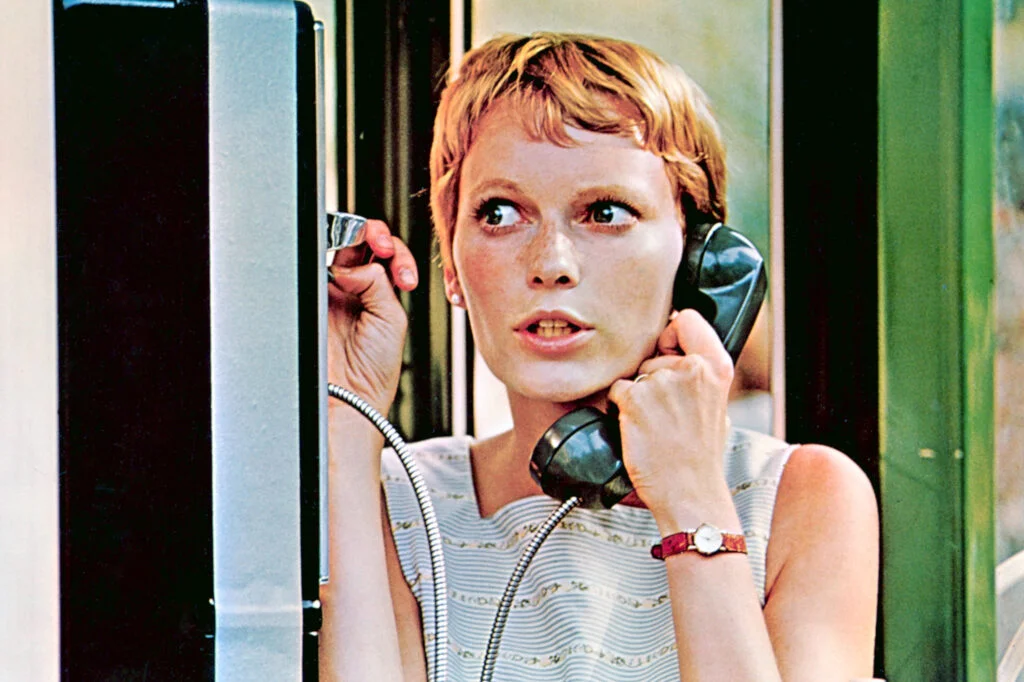
Horror had never been quite like this before. Roman Polanski’s Rosemary’s Baby wasn’t about monsters or haunted houses but about paranoia, control, and the terrifying loss of bodily autonomy. Mia Farrow’s fragile yet determined Rosemary is manipulated by those closest to her, including her husband, in a story that shocked audiences with its blend of satanic horror and real-world anxieties. The idea of a woman being gaslit by everyone around her was both terrifying and familiar.
The eerie realism of the apartment setting made the supernatural elements even more chilling. The movie tapped into cultural anxieties about women’s rights, religion, and trust in authority. It paved the way for psychological horror films like The Exorcist. Its legacy is still felt in modern horror that mixes everyday life with creeping dread. By grounding its story in reality, it gave supernatural horror a new level of credibility. It remains one of the genre’s most influential films.
7. Night of the Living Dead (1968)
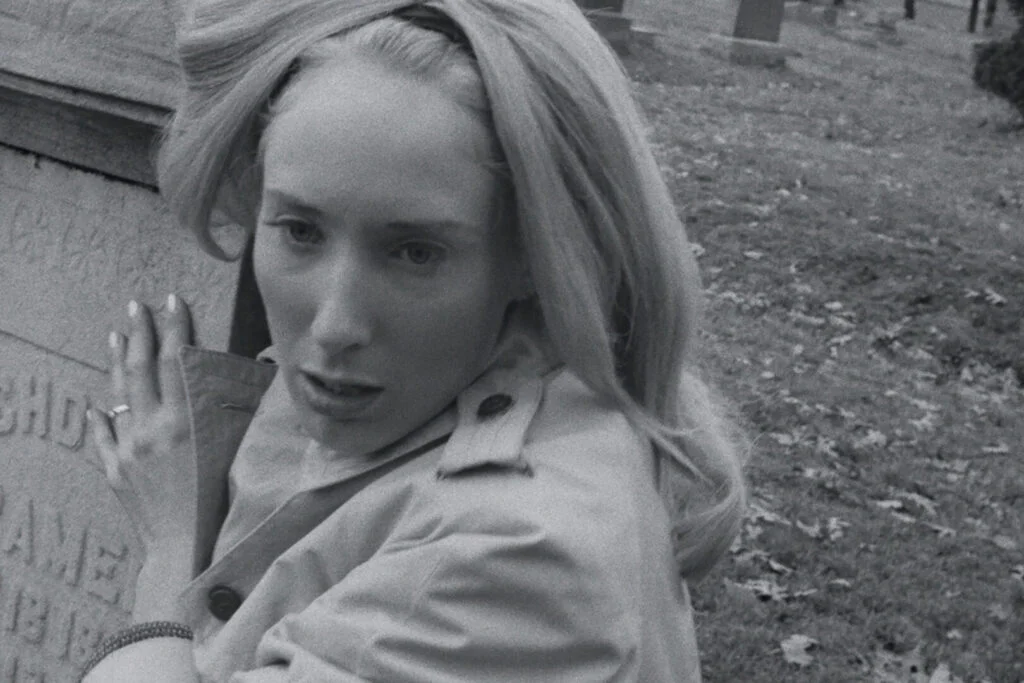
George A. Romero’s low-budget masterpiece shocked audiences not just because of its flesh-eating ghouls but because of how bleak it was. Viewers weren’t used to horror movies where nearly everyone dies, and where the “heroes” don’t make it out alive. The film’s ending, in particular, was gut-wrenching and politically charged, especially with Duane Jones, a Black actor, playing the lead role at a time of civil rights struggles.
Audiences were stunned to see such graphic violence, with zombies devouring human flesh in black-and-white detail. It was released before film ratings became stricter, so even kids stumbled into theaters expecting a typical monster flick and were traumatized. The combination of gore and social commentary created a new template for horror. Without this film, zombie culture as we know it wouldn’t exist. Romero proved horror could also be a form of sharp social critique. That influence remains massive today.
8. Midnight Cowboy (1969)
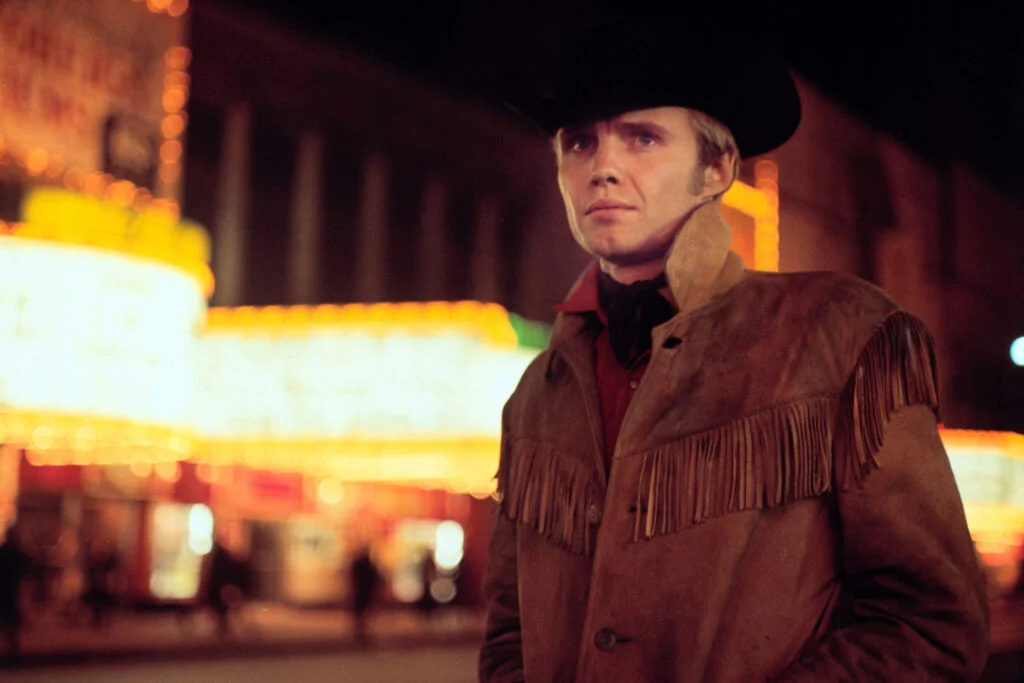
When Midnight Cowboy became the first and only X-rated film to win Best Picture, it sent shockwaves through Hollywood. The story of a naive Texas hustler (Jon Voight) and his sickly friend Ratso (Dustin Hoffman) navigating the grim realities of New York was a far cry from the glamorous city depictions audiences were used to. Its frank portrayal of prostitution, loneliness, and poverty was raw and uncomfortable.
Many viewers were unprepared for its gritty tone and its suggestion of same-sex encounters, which were taboo at the time. Yet its humanity and honesty struck a chord with critics and filmmakers. The ending, with Ratso’s tragic death, left audiences emotionally shaken. The film’s influence on gritty urban dramas of the ’70s is undeniable. It helped push cinema toward a more realistic, less polished portrayal of American life.
9. Easy Rider (1969)
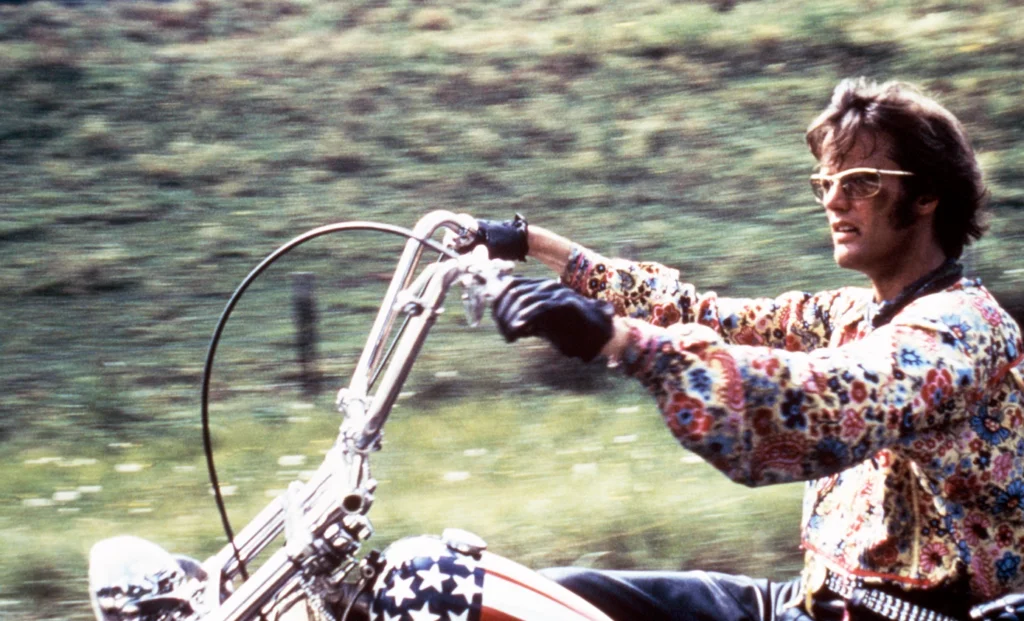
Counterculture had been brewing throughout the decade, but Easy Rider put it on the big screen in a way that shocked mainstream audiences. The story of two bikers (Peter Fonda and Dennis Hopper) traveling across America captured the spirit of freedom and rebellion, but its drug use and frankness made it controversial. The ending, with its sudden and violent conclusion, stunned audiences who expected a more conventional resolution.
Its raw look at a divided America struck a nerve, highlighting the clash between counterculture and traditional values. The use of popular music in its soundtrack also revolutionized how films integrated rock songs into storytelling. Young audiences embraced it as their movie, while older viewers often rejected it. Its success proved that independent, low-budget films could influence Hollywood. It became a cultural touchstone for a generation.
10. The Wild Bunch (1969)
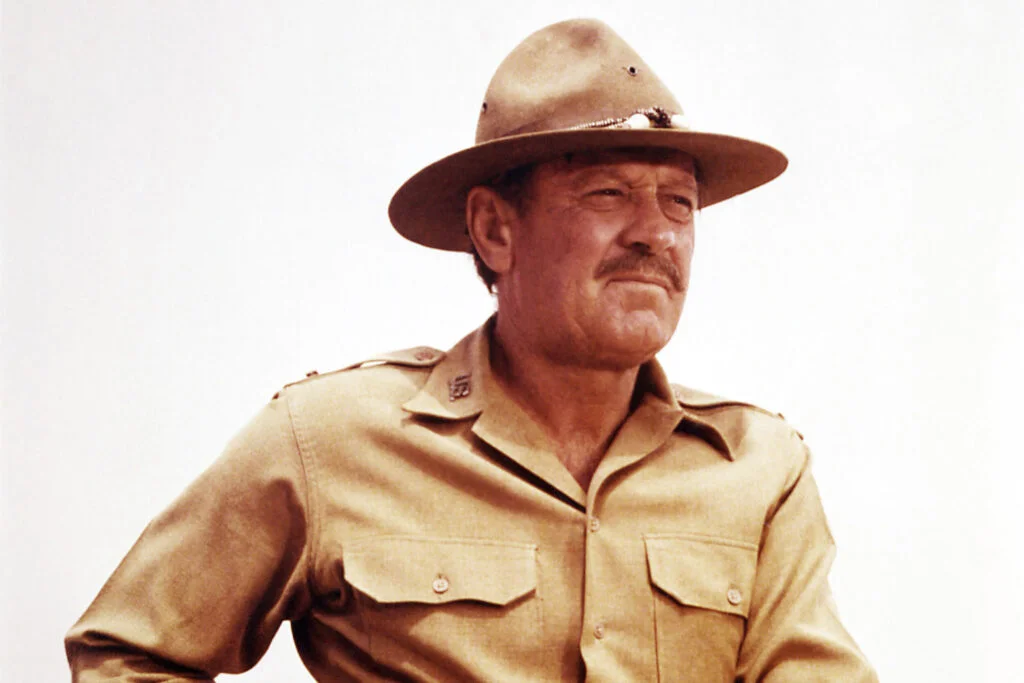
Sam Peckinpah’s The Wild Bunch redefined screen violence in ways that shocked both audiences and critics. The opening and closing shootouts were ballets of blood, with slow-motion carnage that had never been shown so graphically before. Some critics called it gratuitous, while others recognized it as groundbreaking artistry.
The moral ambiguity of its outlaw characters also challenged traditional Western heroism. Audiences weren’t used to rooting for such flawed, violent figures. Its impact was immediate, influencing everything from action films to modern Westerns. Directors like Quentin Tarantino and John Woo have openly cited its influence. In many ways, it signaled the death of the “classic” Western and the birth of a grittier cinematic era.
11. Who’s Afraid of Virginia Woolf? (1966)
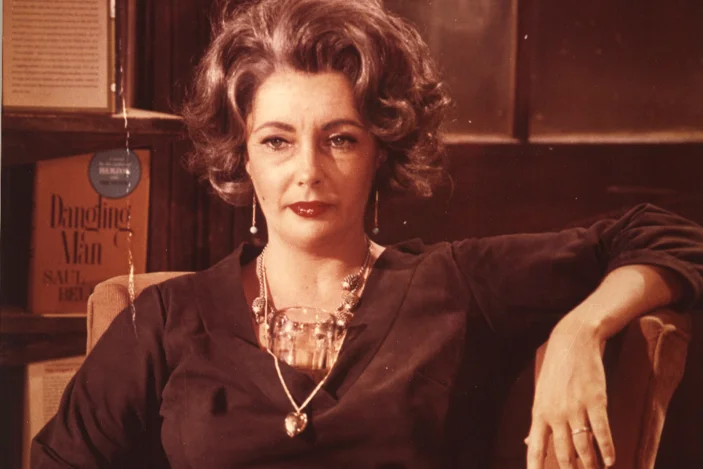
This adaptation of Edward Albee’s play brought raw emotional brutality to the screen in a way that startled audiences. Elizabeth Taylor and Richard Burton played a dysfunctional couple whose arguments and mind games were uncomfortably realistic. The profanity, bitterness, and sexual references were shocking for 1966.
In fact, the film helped usher in the end of the old Production Code that had restricted movie content for decades. Critics praised its daring performances, but many viewers found it almost too painful to watch. The intimacy of its setting made the emotional violence feel even sharper. Its influence was felt in later dramas that embraced more honesty about adult relationships. The movie proved that audiences were ready for darker, more complex storytelling.
12. Repulsion (1965)
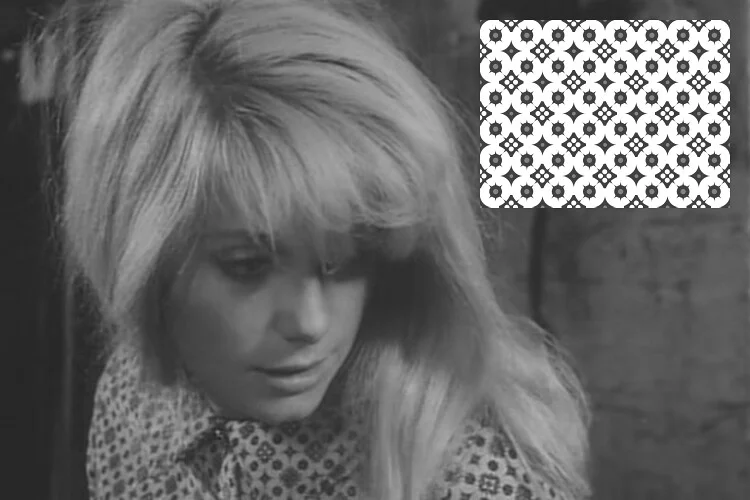
Roman Polanski’s Repulsion unnerved audiences with its disturbing psychological portrait of a young woman’s descent into madness. Catherine Deneuve played a fragile beauty whose fear of men spirals into hallucinations and violence. The film used surreal, claustrophobic imagery—like hands reaching out from walls—that lingered in viewers’ minds.
Its stark depiction of mental illness was raw and frightening, especially for the mid-’60s. Audiences weren’t accustomed to such unsettling realism paired with horror elements. It was a bold mix of art cinema and psychological terror. The influence of Repulsion can be seen in later films about isolation and paranoia, from Black Swan to Hereditary. Its legacy lies in how it blended the psychological and the surreal.
13. Blow-Up (1966)
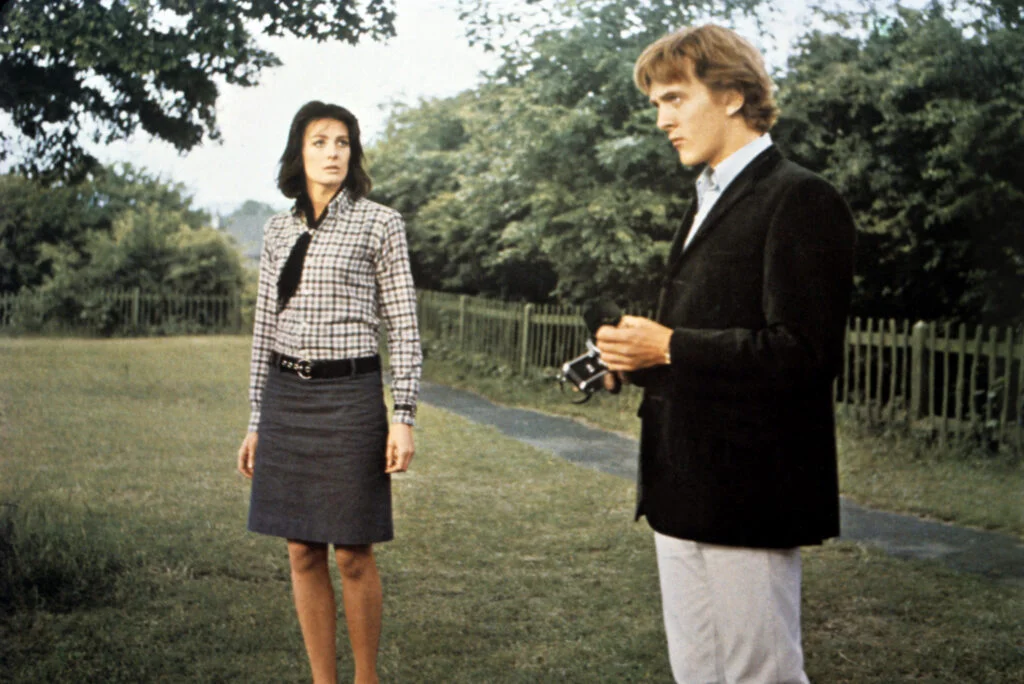
Michelangelo Antonioni’s Blow-Up challenged audiences with its ambiguity and openness to interpretation. The story of a photographer who may or may not have captured evidence of a murder was both thrilling and perplexing. For many, the shocking part wasn’t violence but the lack of clear resolution.
The film refused to give viewers the answers they expected. It also pushed boundaries with its nudity and sexual frankness, which was scandalous at the time. Beyond its surface, it questioned reality, perception, and truth in ways that influenced countless filmmakers. Directors like Francis Ford Coppola (The Conversation) and Brian De Palma (Blow Out) built directly on its foundation. It proved that movies didn’t always need to explain everything—they could leave audiences guessing.

